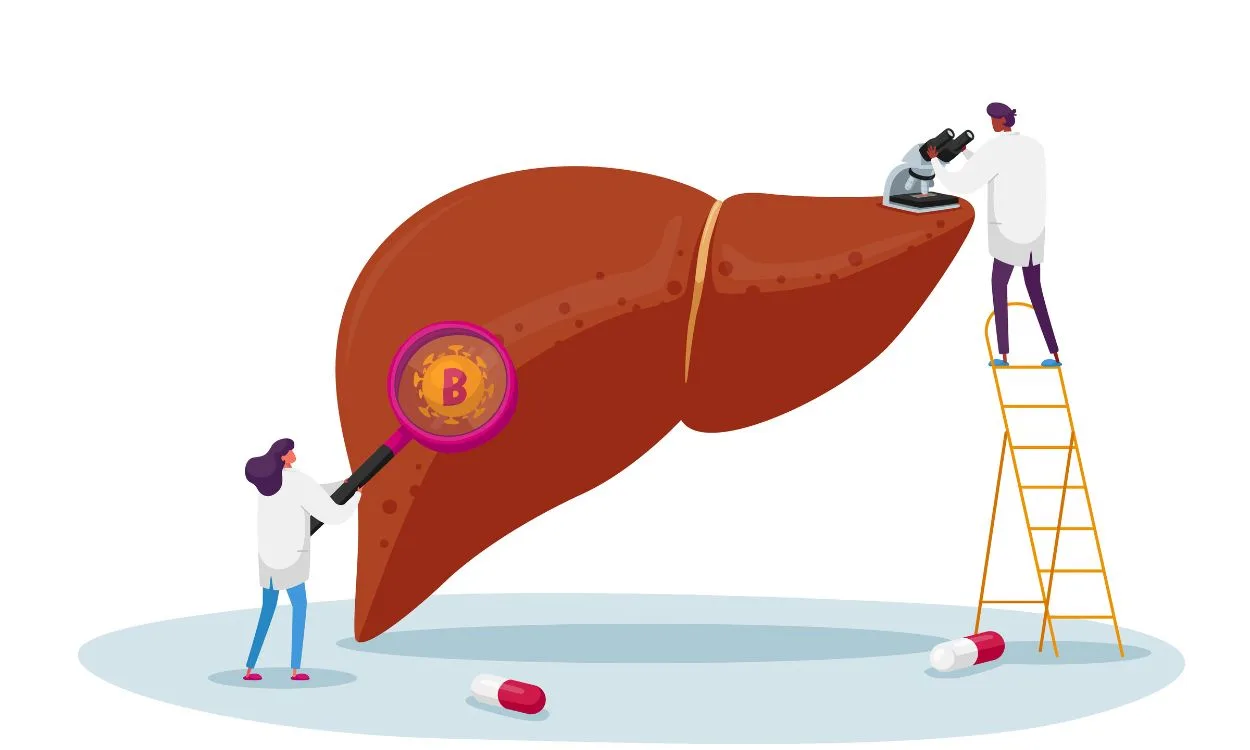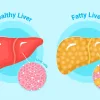How is Fatty Liver Diagnosed?
Fatty liver, also known as hepatic steatosis, is a condition where excess fat accumulates in the liver. It is a common condition that affects millions of people worldwide, including a significant portion of the Indian population. If left untreated, fatty liver can lead to more serious liver diseases.
Diagnosing fatty liver involves a combination of medical history assessment, physical examination, and diagnostic tests. Here are the main methods used to diagnose this condition:
- Medical History Assessment: Your doctor will begin by asking about your medical history, including any symptoms you may be experiencing, your lifestyle habits, and any risk factors you may have for fatty liver, such as obesity, diabetes, or excessive alcohol consumption.
- Physical Examination: During a physical exam, your doctor may check for signs of an enlarged liver or perform a palpation to feel for any abdominal tenderness or swelling.
- Blood Tests: Blood tests can help evaluate liver function and detect any abnormalities. The following blood tests are commonly used to diagnose fatty liver:
- Liver Function Tests: These tests measure the levels of certain enzymes and proteins in the blood that indicate liver health and function. Elevated levels of enzymes such as alanine transaminase (ALT) and aspartate transaminase (AST) may suggest liver inflammation or damage.
- Lipid Profile: This test measures the levels of cholesterol and triglycerides in the blood. High levels of these fats may be associated with fatty liver disease.
- Imaging Tests: Imaging tests provide a visual assessment of the liver and can help determine the presence and severity of fatty liver. The following imaging techniques are commonly used:
- Ultrasound: This non-invasive test uses sound waves to create images of the liver. It can detect the presence of fat deposits and assess the extent of liver damage.
- CT Scan or MRI: These imaging techniques provide more detailed images of the liver and can help differentiate between fatty liver and other liver conditions.
- Liver Biopsy: In some cases, a liver biopsy may be necessary to confirm the diagnosis and assess the extent of liver damage. This procedure involves the removal of a small tissue sample from the liver, which is then examined under a microscope.
It is important to note that while these diagnostic methods can help diagnose fatty liver, they may not always provide a definitive diagnosis. Additional tests and evaluations may be required to rule out other underlying liver diseases and conditions.
If you suspect you may have fatty liver or are experiencing symptoms such as fatigue, abdominal pain, or unexplained weight loss, it is important to consult with a healthcare professional. Early diagnosis and intervention are key to managing and potentially reversing fatty liver.
Now that you have a better understanding of how fatty liver is diagnosed, let us introduce you to Fitpaa, a comprehensive health and fitness app that can help you achieve your wellness goals. With Fitpaa, you can receive personalized guidance, access a team of experts, and track your progress towards a healthier life.
Download the Fitpaa app today and take control of your health and fitness journey. With features like personalized fitness plans, nutrition tracking, and real-time guidance, Fitpaa can support you in your quest for a healthier liver and overall well-being. Start your journey towards a better you with Fitpaa!
Remember, your health is precious, and investing in your well-being is the first step towards a happier and healthier life. Don’t wait any longer – take charge of your health today and join the Fitpaa community!









